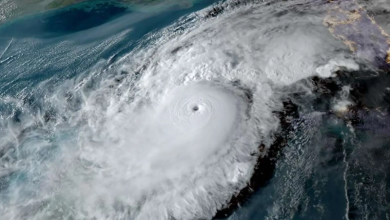Climate change is a menace. But is it now making diarrhoea more common?

It’s no more a secret that human activities-induced climate change is making billions of lives across the globe difficult. Recently, the EU’s Copernicus Climate Change Service confirmed 2023 as the hottest year ever recorded on the planet.
But now it appears the raging climate emergency is also linked to the increased spread of a particular diarrhoeal illness. The new research from the University of Surrey in England has been published in the journal PLOS Computational Biology.
Campylobacteriosis cause discomfort and carry massive societal impacts
The study investigated how climate change affected the transmission of campylobacteriosis – a bacterial infection that can cause diarrhoea and stomach pains. This is important as apart from causing discomfort to individuals, such infections also carry massive societal impacts.
Campylobacteriosis can have an effect on the economy because people could be forced to apply for sick leaves and is likely to even put additional pressure on health services across the globe, especially in the parts already reeling from overburdened systems, as per The Indian Express.
Researchers analysed data from around one million cases. They then used a special mathematical model to find the potential link between the data and corresponding climate information, finding infections remained consistent at temperatures of around 8C.
Campylobacter infections – most common causes of human gastroentitis
But the team found a sharp increase in campylobacteriosis infections observed for every five-degree increase in temperature between 8 and 15C. They also observed high incidents of infections if humidity levels stayed between 75 to 80%.
Read More: How is climate change exacerbating Bangladesh’s arsenic poisoning crisis?
Campylobacter infections tend to be the most common causes of human gastroentitis, according to global health organisations. Infections are usually mild but they can prove to be fatal to young children, immunosuppressed individuals and the elderly.

 2023 is confirmed as the warmest calendar year on record, with a global average temperature of 14.98°C, 0.60°C above the 1991-2020 level, overtaking 2016, the previous warmest year.
2023 is confirmed as the warmest calendar year on record, with a global average temperature of 14.98°C, 0.60°C above the 1991-2020 level, overtaking 2016, the previous warmest year.



